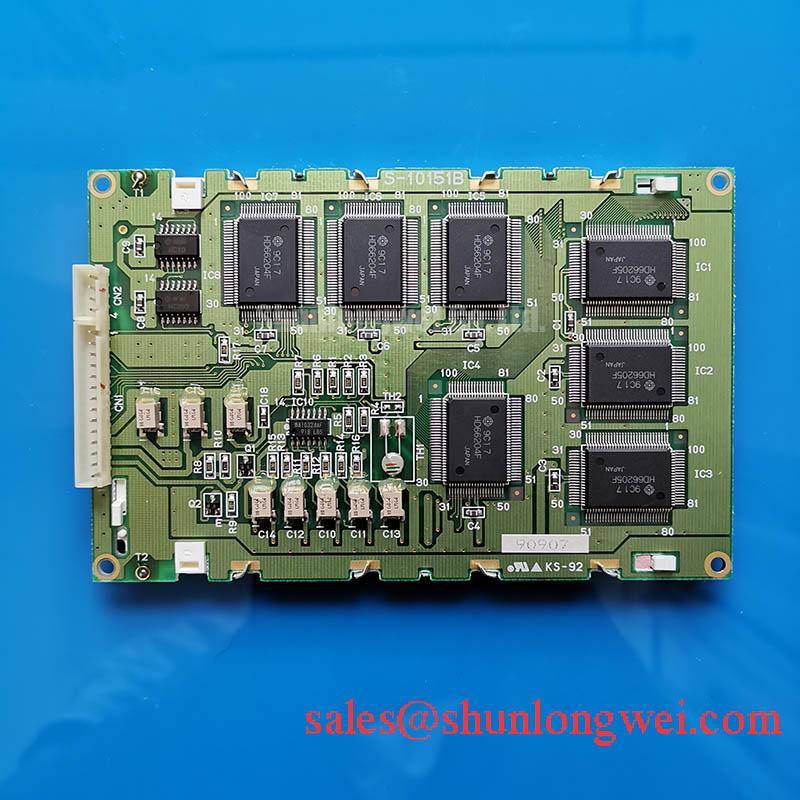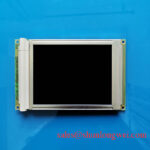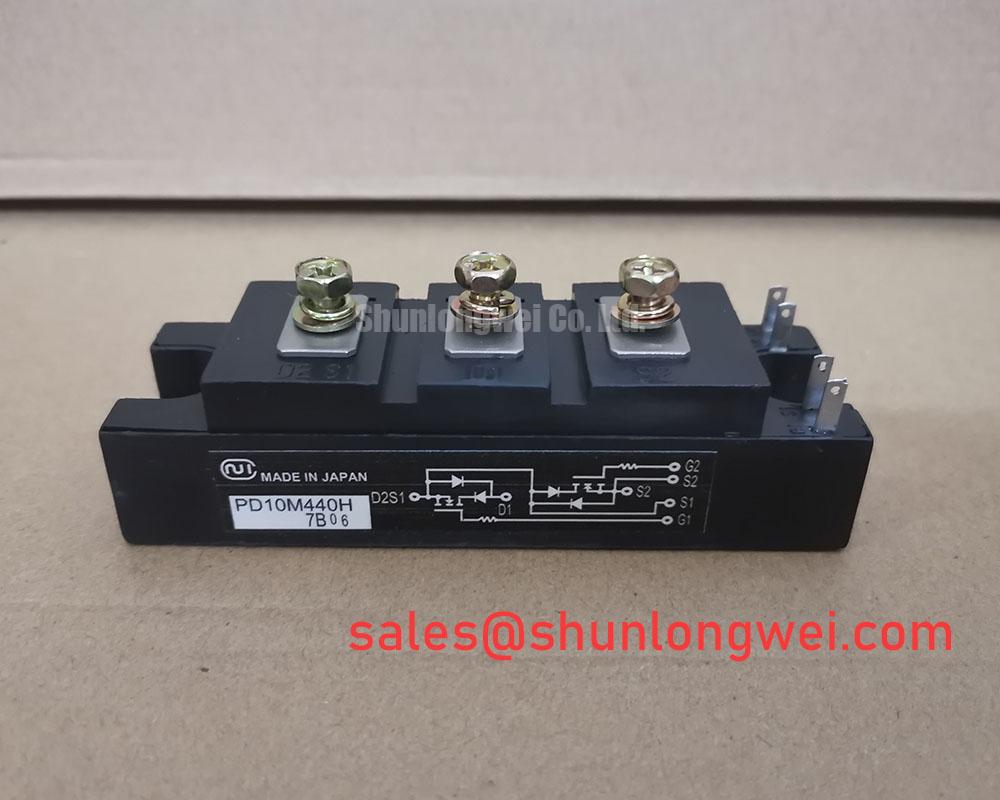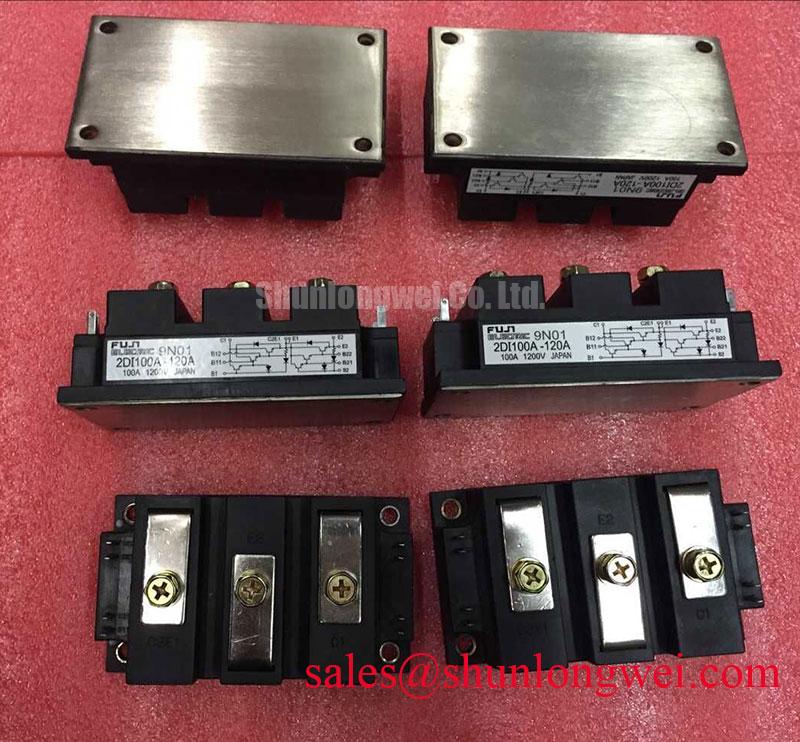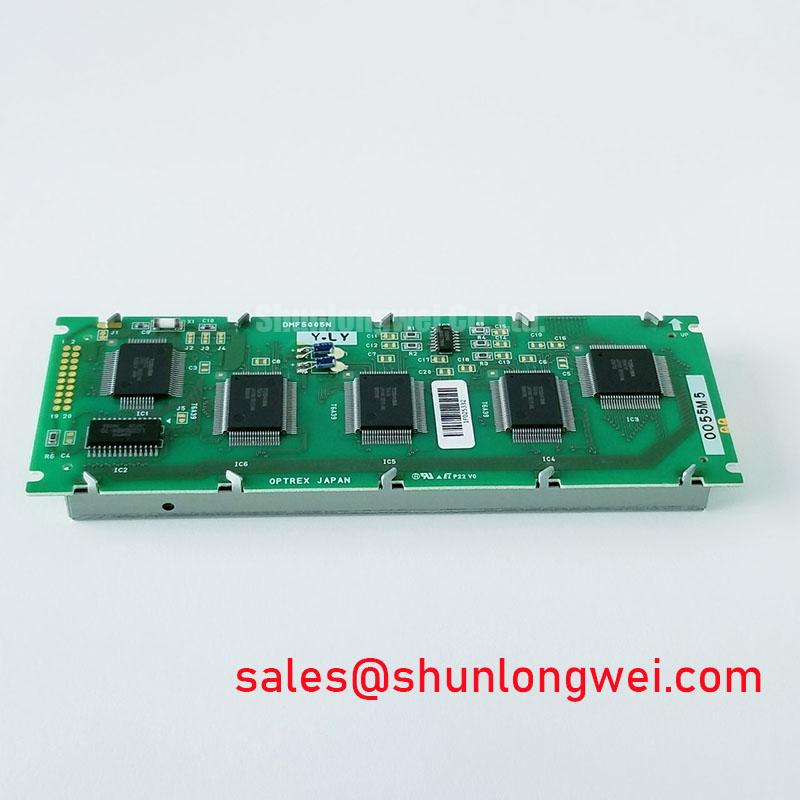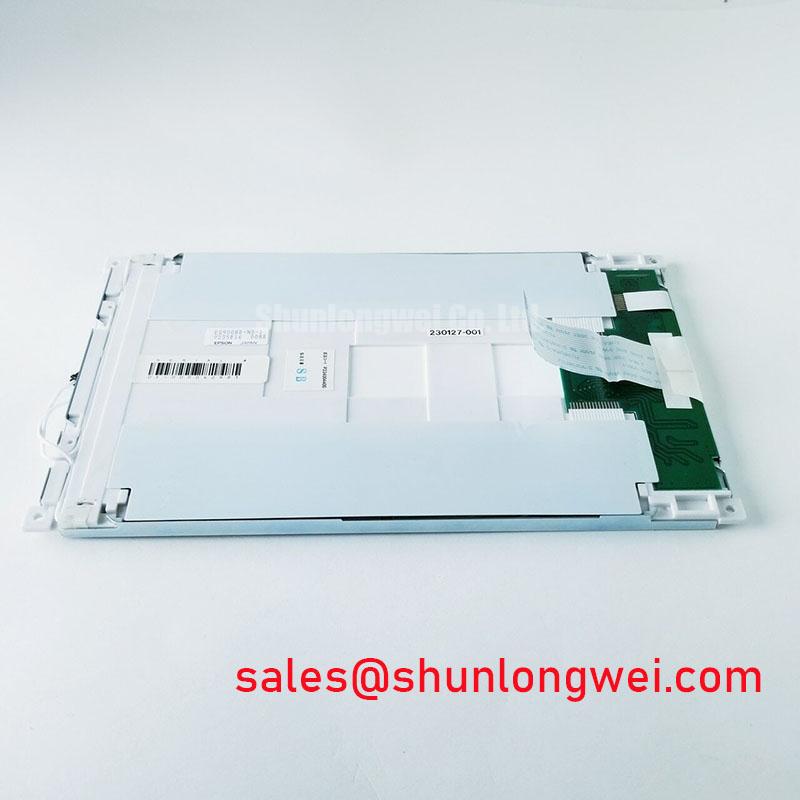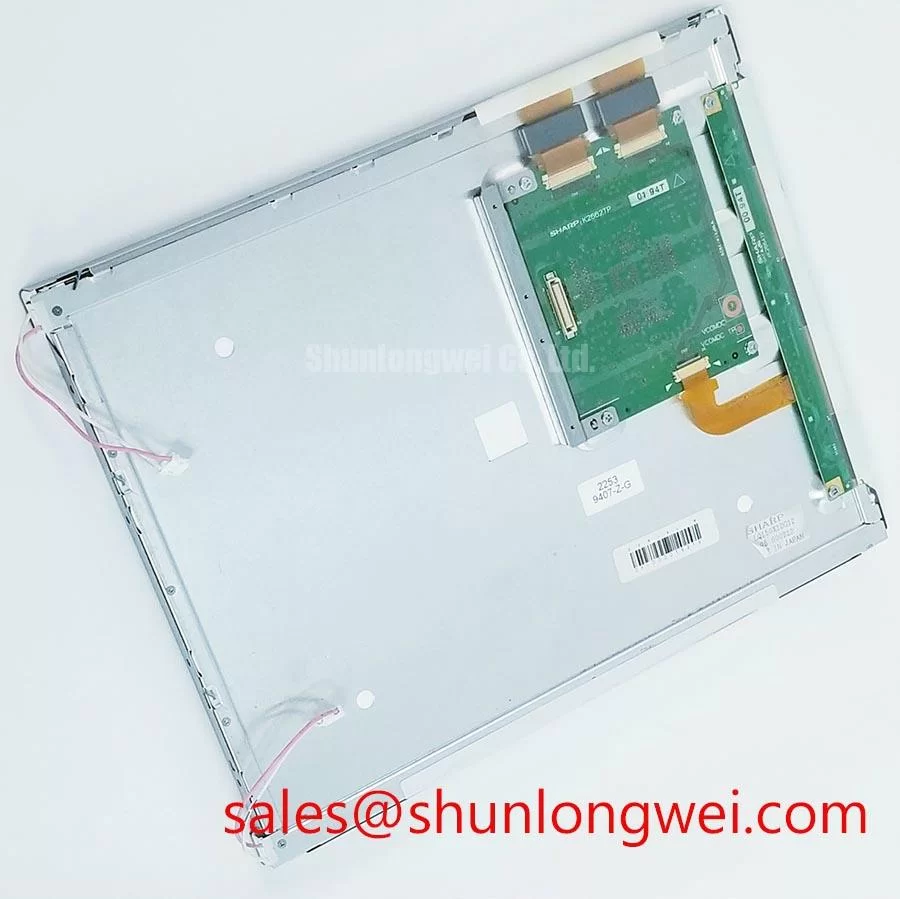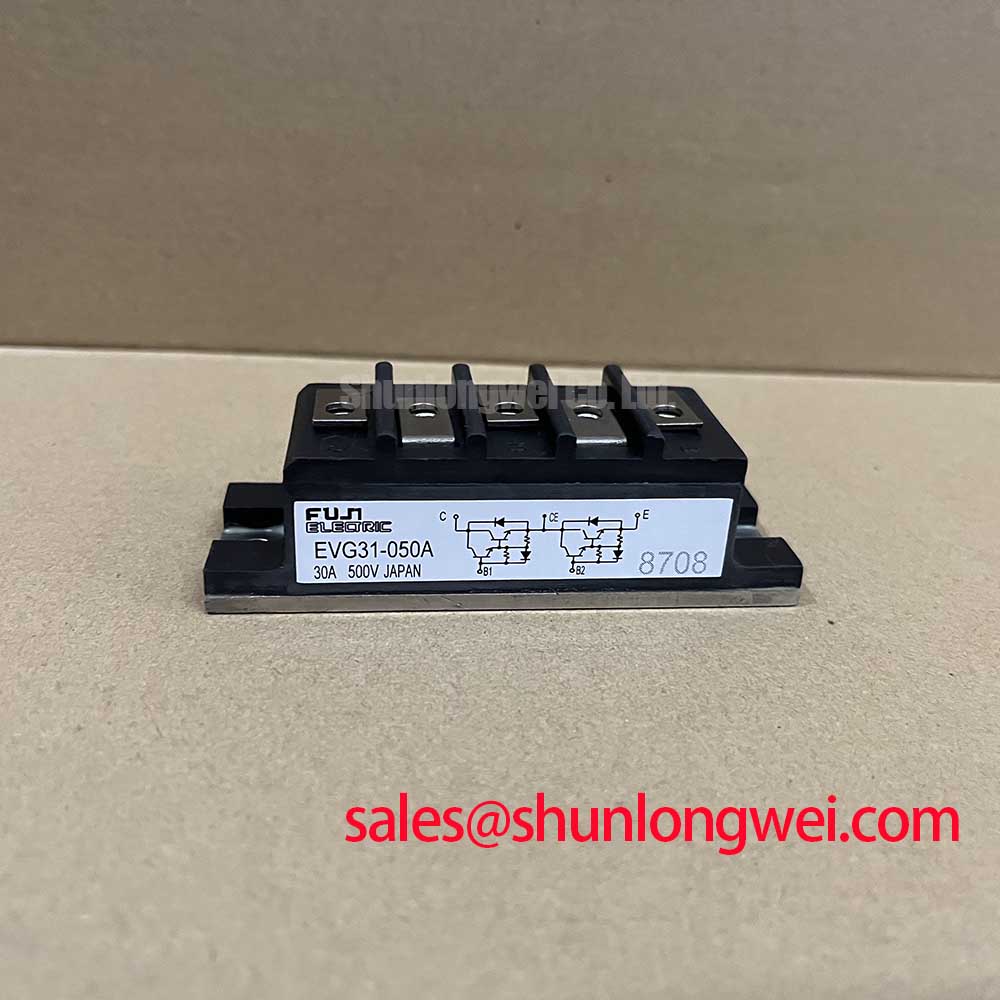G156XW01 V1: Engineering Analysis of an AUO 15.6" Industrial LCD Module
An Engineer's Product Page for the AUO G156XW01 V1
Content last revised on October 6, 2025.
Engineered for streamlined integration into industrial systems, the AUO G156XW01 V1 is a 15.6-inch TFT-LCD panel designed for performance and manufacturability. Its key specifications include: 1366x768 Resolution | 400 cd/m² Brightness | LVDS Interface. This design delivers two primary engineering benefits: simplified system architecture and consistent optical performance. It directly addresses the need for a reliable, easily integrated display for modern Human-Machine Interface (HMI) applications. For OEMs developing mid-sized industrial HMIs requiring fast integration and reliable performance, the G156XW01 V1 is an optimal panel choice.
Key Parameter Overview
Decoding the Specs for Efficient System Integration
The technical specifications of the G156XW01 V1 are tailored for industrial environments where both performance and ease of integration are critical design drivers. The parameters below highlight its capabilities as a core component for display-centric control systems.
| Feature Group | Parameter | Specification |
| Display Characteristics | Screen Size | 15.6 inch |
| Resolution | 1366(RGB)×768 [WXGA] | |
| Panel Technology | a-Si TFT-LCD, LCM | |
| Surface Treatment | Antiglare, Hard coating (3H) | |
| Optical Performance | Brightness | 400 cd/m² (Typ.) |
| Contrast Ratio | 500:1 (Typ.) (TM) | |
| Viewing Angle | 45/45/20/45 (Typ.)(CR≥10) | |
| Display Colors | 262K (6-bit) | |
| Interface & Electrical | Interface Type | LVDS (1 ch, 6-bit), 30 pins Connector |
| Backlight | WLED, 50K hours, With LED Driver | |
| Supply Voltage | 5.0V (Typ.) | |
| Mechanical & Environmental | Operating Temperature | 0 ~ 60 °C |
| Storage Temperature | -20 ~ 60 °C |
Download the official G156XW01 V1 datasheet for detailed specifications and performance curves.
Application Scenarios & Value
Achieving System-Level Benefits in Industrial Control Panels
The G156XW01 V1 is purpose-built for applications where development time and system reliability are paramount. Consider the design of a new Human-Machine Interface (HMI) for a CNC milling machine. The engineering challenge is to create a compact, cost-effective control panel that can be quickly developed and deployed. The G156XW01 V1 directly addresses this with two key features.
- Integrated LED Driver: What is the benefit of an integrated LED driver? It eliminates the need for a separate, external board to control the backlight, reducing the bill of materials (BOM), saving physical space within the enclosure, and removing a potential point of failure. This integration simplifies the electrical design, allowing engineers to connect the panel directly to the system's power and logic board.
- Standardized LVDS Interface: The use of a 1-channel, 6-bit LVDS interface provides a robust, industry-standard connection to a wide range of single-board computers and embedded systems. This standardization accelerates the hardware design phase, as engineers can leverage proven interface layouts, minimizing signal integrity issues and shortening the design validation cycle.
Together, these features allow developers of PLCs, process control systems, and industrial automation equipment to focus on software and user experience rather than complex display subsystem design. While the G156XW01 V1's HD resolution is ideal for many control applications, systems requiring Full HD data visualization may consider the related G156HAN02.1.
Frequently Asked Questions (FAQ)
How does the integrated LED driver in the G156XW01 V1 reduce overall system cost?By integrating the driver onto the module itself, it eliminates the procurement and assembly costs of a separate driver board. It also reduces the required wiring and connector count, leading to a simpler, more reliable, and less expensive final assembly, a key consideration in the total cost of ownership explored in industrial versus consumer displays.
What is the engineering benefit of the LVDS interface for an industrial HMI design?The primary benefit of the LVDS interface is its high noise immunity and low electromagnetic interference (EMI) generation. In an electrically noisy industrial environment, this ensures a stable and clean video signal from the controller to the panel, which is crucial for reliable HMI operation. This robust signaling simplifies PCB layout and helps the final product achieve EMC compliance.
Industry Insights & Strategic Advantage
Meeting the Demand for Modularity and Speed in Industrial Automation
The design philosophy of the AUO G156XW01 V1 aligns with the macro trend of modularization in industrial automation and the broader context of Industry 4.0. As manufacturers demand more flexible and rapidly deployable systems, the role of components that simplify design becomes critical. A display module is no longer just a passive component; it is an active enabler of faster product development.
By providing a display solution with an integrated driver and a standard interface, AUO allows engineering teams to treat the display subsystem as a "plug-and-play" module. This approach significantly reduces the non-recurring engineering (NRE) costs and shortens the time-to-market for new products. This is especially valuable for small to medium-sized OEMs who need to compete on agility and innovation. The G156XW01 V1 serves as a practical tool for implementing this modular design strategy, enabling companies to build reliable, modern HMIs without the deep overhead of custom display integration.
For a deeper dive into the foundational technology, explore our Ultimate Guide to TFT-LCDs.
Technical Inquiry and Component Sourcing
To evaluate the AUO G156XW01 V1 for your upcoming design cycle, please contact our technical sales team for further specifications, design support, and procurement information.

